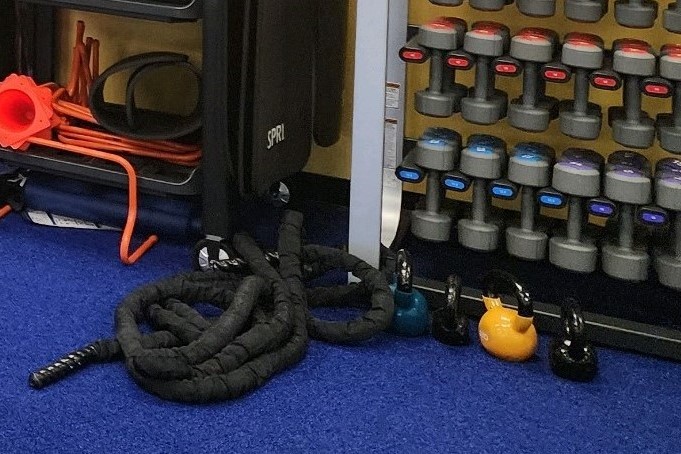Kettlebells, those versatile cannonball-like weights with a handle, have surged in popularity within fitness communities worldwide. Unlike traditional weights, kettlebells offer unique benefits due to their shape and handling, allowing for a dynamic range of movements that can challenge your strength, endurance, and agility.
Understanding kettlebell sizes
Kettlebell weights are typically measured in pounds and come in a range from 5 pounds up to 100 pounds or more. Choosing the right size is crucial as it influences the types of exercises you can perform and the muscles you’ll engage.
- Beginners: If you’re new to kettlebell training, it’s wise to start with lighter weights to focus on form and avoid injury. Men might start with 15 to 25 pounds, while women could begin with 10 to 20 pounds. These weights allow you to perform basic swings, squats, and presses with manageable resistance.
- Intermediate: Once you have mastered the basic moves and built up your strength and technique, you might increase the weight to 25 to 35 pounds for women and 30 to 45 pounds for men. Intermediate weights offer more resistance, making them suitable for compound movements that work multiple muscle groups.
- Advanced: For those who have considerable strength and experience, kettlebells can weigh anywhere from 35 to 50 pounds or more. Advanced users often utilize heavier kettlebells for high-intensity workouts and to further challenge their strength and endurance.
The choice of size also depends on the types of exercises you plan to perform. For instance, ballistic exercises like kettlebell swings and snatches require different weights compared to more controlled movements like Turkish get-ups.
Key considerations when buying kettlebells
When purchasing kettlebells, several factors should guide your decision:
- Material and build quality: Most kettlebells are made from cast iron or steel, which affects their durability and feel. Cast iron kettlebells are generally cheaper and have a wider handle, making them suitable for beginners. Steel kettlebells, however, are more uniform in size regardless of weight and are preferred for competition training.
- Handle design and grip: The handle’s thickness, width, and texture affect your grip and comfort during workouts. A too-thick handle may be difficult to hold, especially for those with smaller hands, while a too-thin handle can lead to grip fatigue. Look for a handle that allows a firm, comfortable grip without being abrasive.
- Price vs. quality: While it might be tempting to go for cheaper options, investing in high-quality kettlebells can be more cost-effective in the long run. Higher-quality kettlebells offer better balance, more accurate weight distribution, and durability, which are essential for safe and effective workouts.
If you want to learn more fitness tips and tricks, make sure to check out our blog.
Can I use the same kettlebell size for all exercises?
While a single kettlebell can be incredibly versatile, using different sizes for different types of exercises can enhance your training efficiency. Lighter kettlebells are ideal for high-repetition endurance workouts, while heavier ones are better for building strength and power.
How do I know when it’s time to move up to a heavier kettlebell?
You should consider moving up to a heavier kettlebell when you can complete your workout sessions without significant fatigue or loss of form towards the end. Another indicator is when you feel that the current weight no longer challenges your strength.
Final thoughts
By understanding the various sizes available and considering factors like your current fitness level, the types of exercises you plan to do, and the quality of the kettlebells, you can make an informed decision that supports your health and fitness goals. Remember, the best kettlebell for you is one that challenges you without compromising your form. As you grow stronger and more confident in your abilities, don’t hesitate to adjust your equipment to keep pushing your limits.





